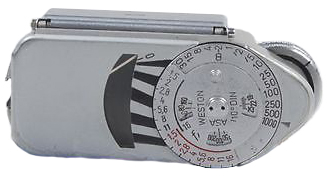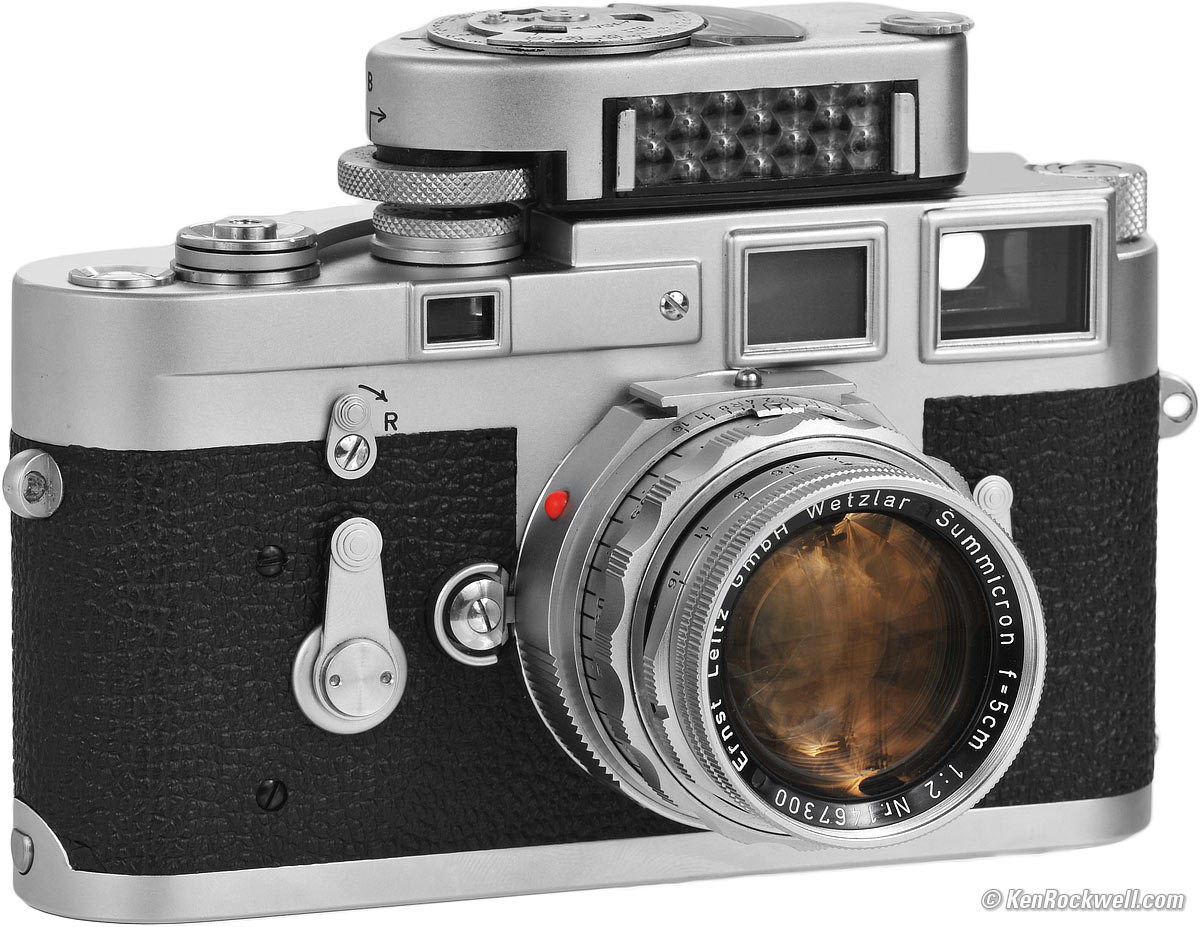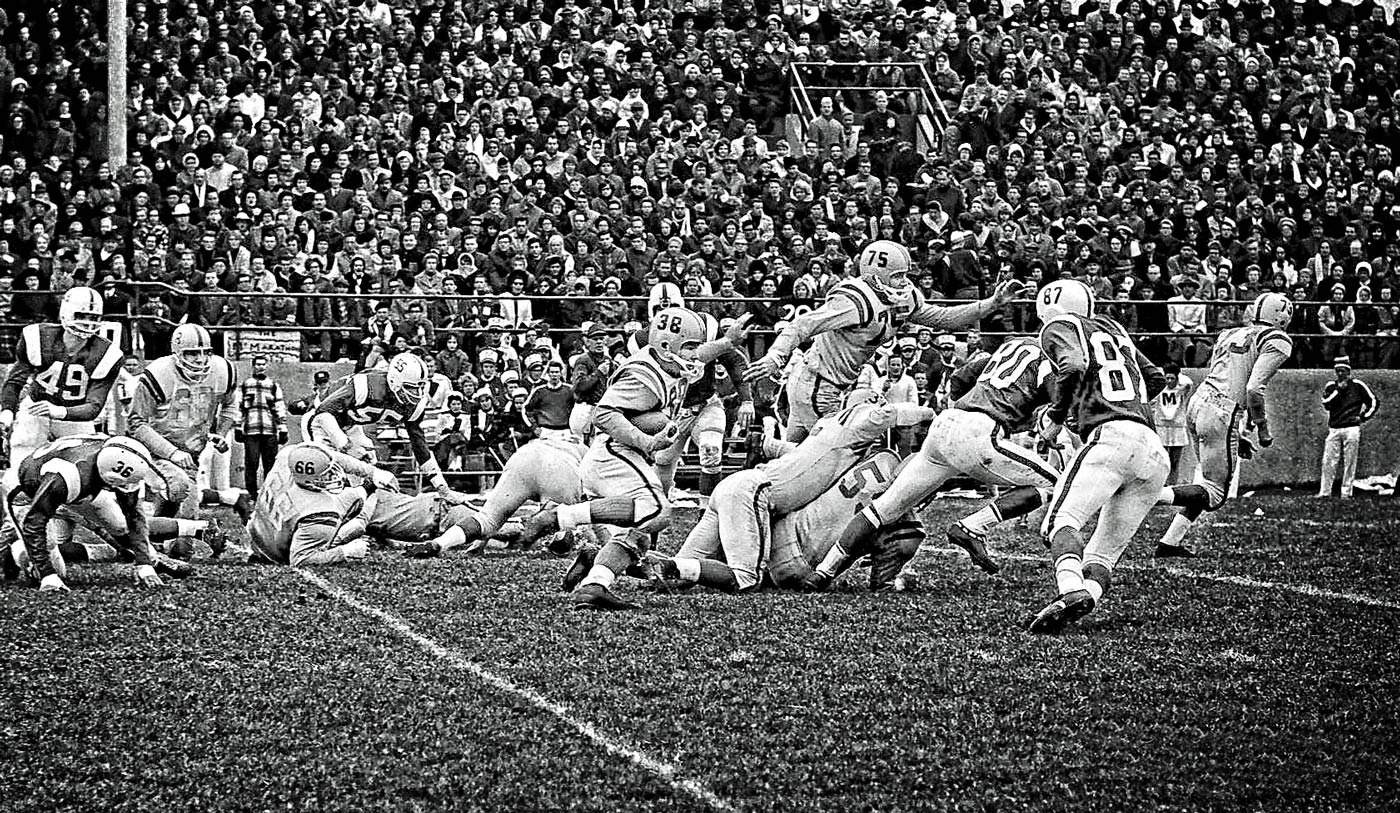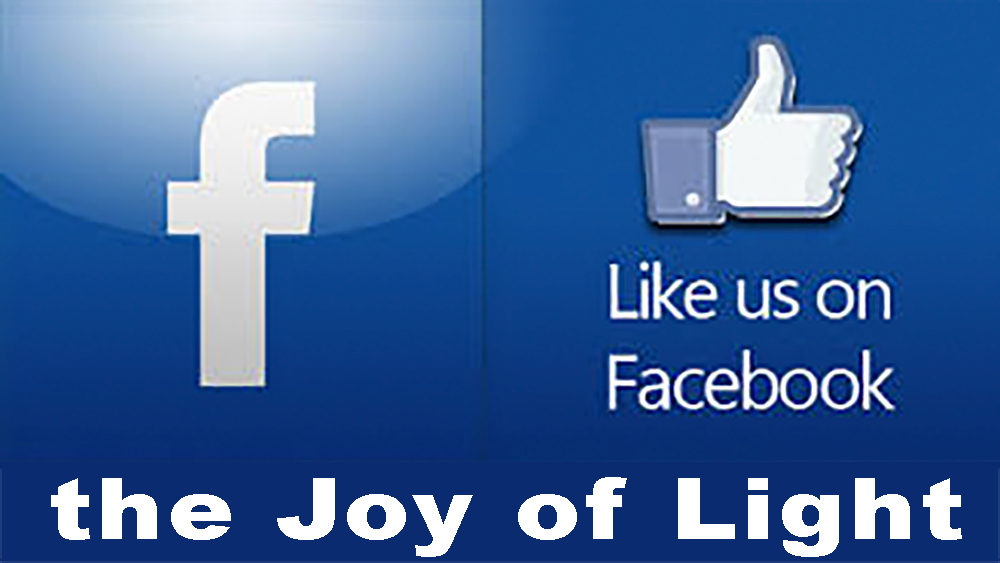In my last year of high school I worked part time in a photo store in the Humbertown Mall in Etobicoke which was a suburb of Toronto. It was a great job and a great place to learn more about photography. One day a consignment came in to be sold: a Leica M-3 with 50mm Sumicron, 90mm Elmar and a 135mm Hector lenses. I was hooked. I had to have it! The store put it aside for me and I worked as many hours as I could. With my final Christmas paycheck I had my first serious camera.
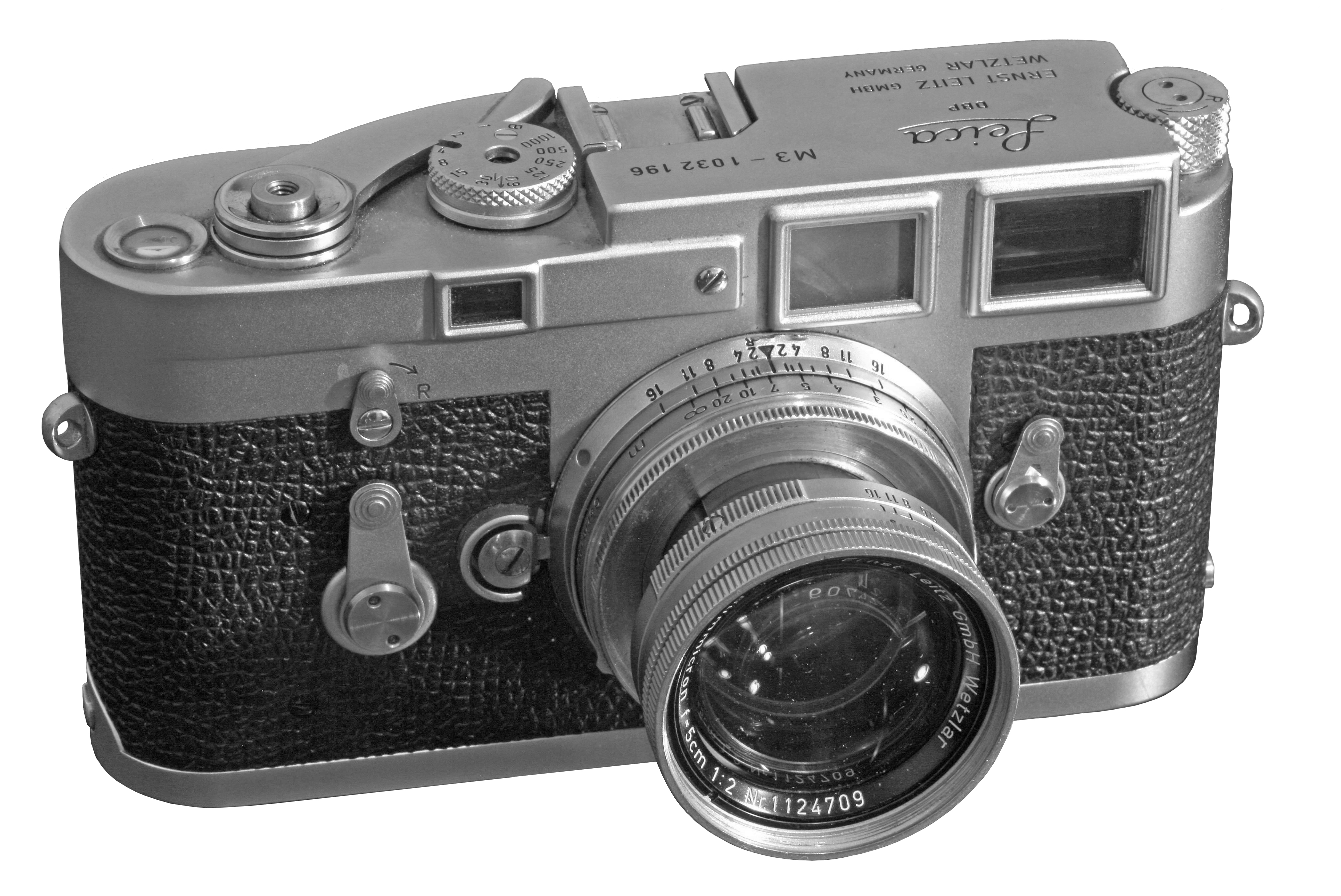
The Leica M-3 with an f2.0 Sumicron lens.
The M-3 was a 35mm rangefinder camera introduced by Ernst Leitz GmbH in 1954. By 1966 when production ceased over 220,000 cameras had been produced. This was the first Leitz camera to have a bayonet lens mount, a design that has not changed since it was introduced. Prior to that the lenses were screw mount. It was also the first Leitz camera to combine both viewfinder and range finder in the same window. It worked extremely well. The viewfinder was bright and clear and the focus was quick and accurate.
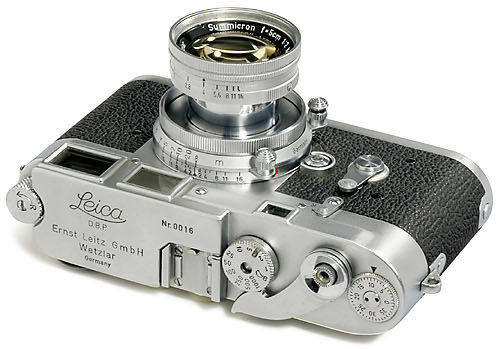
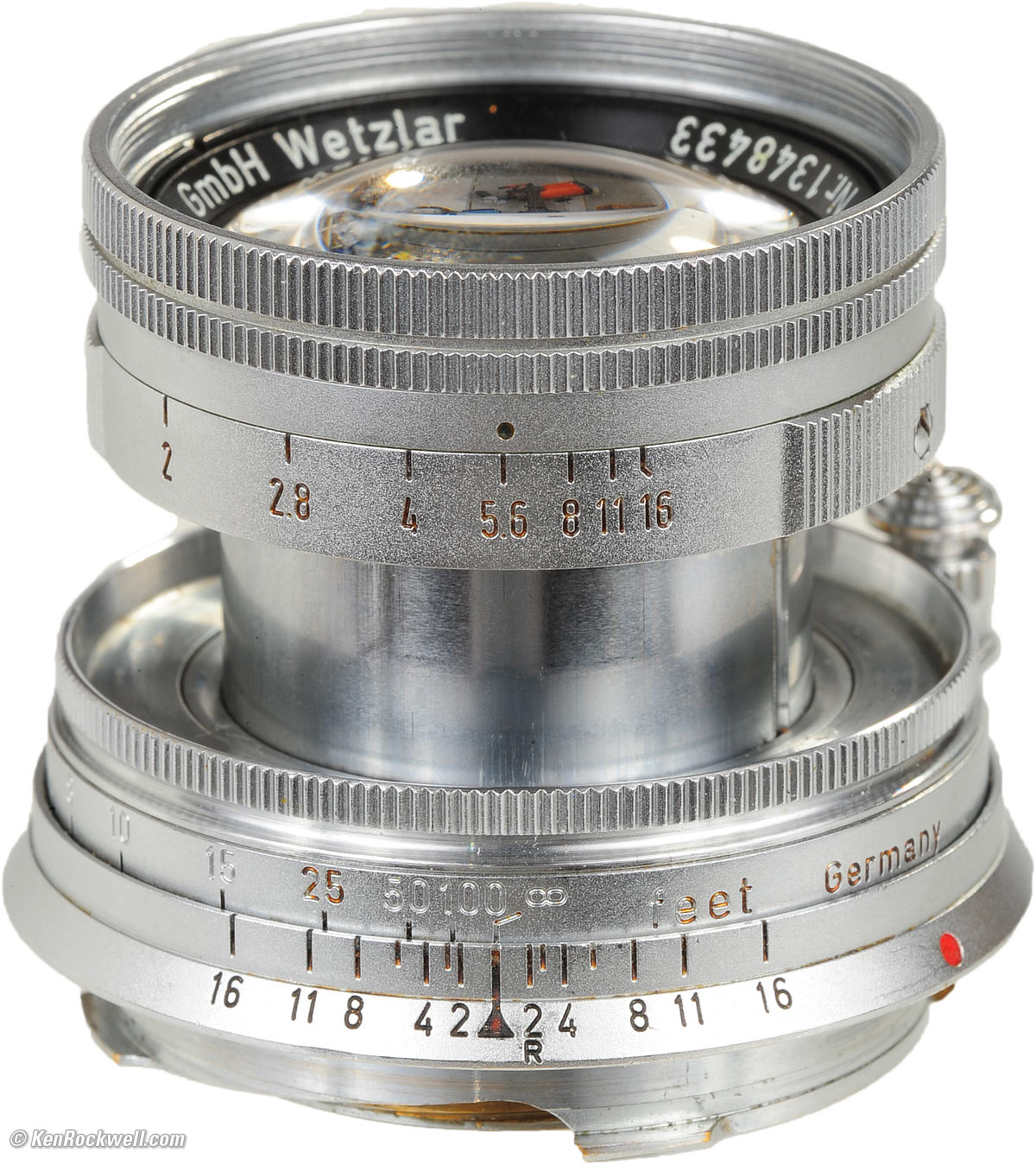
Leica has manufactured the 50mm Sumicron since 1953 in several configurations. The collapsible lens, which I had, was manufactured from 1953 thru 1960.
How did it feel? Well, it’s a small camera but it is heavy for its size. It felt good in the hands and it was almost totally silent in operation. And it took wonderful images. Now remember, film only and no internal focus or exposure control. That meant focusing by hand and tracking light levels with a light meter. It seems complicated now but at the time it was not difficult. In fact I am slowing drifting back to those old ways. I find I am manually focusing more and more with my DSLR and I have invested in a light meter. It turns out that the old skills were capable of superior accuracy.
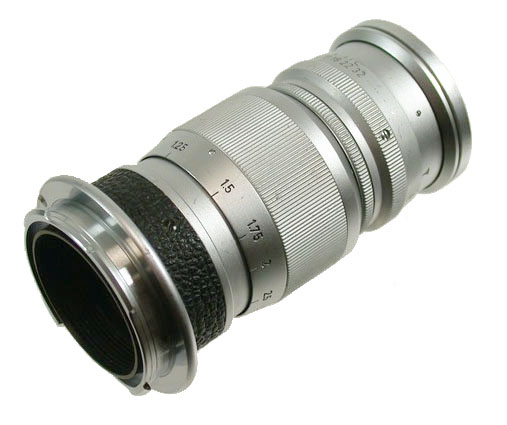
Leitz Elmar f4.0 90mm Lens
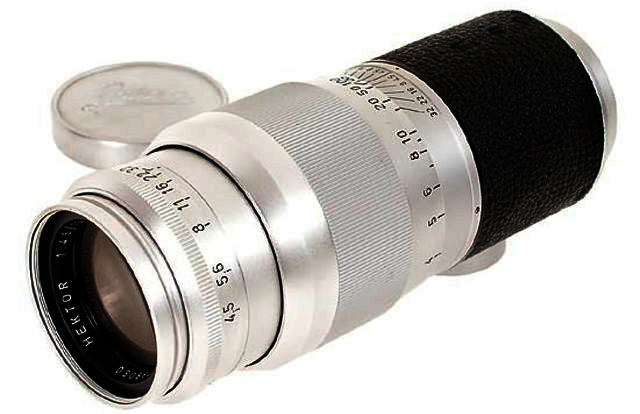
Leitz Hector f4.5 135mm Lens
I now had a long lens. It was modest by todays standards but for me, then, it was wonderful. This camera went with me to Queen’s and was in constant use throughout my college years and for decades afterwards. I put miles of 35mm film through it.
I later added a Leica light meter that was the latest in automatic light metering. The meter clipped into the flash shoe on the top of the camera. On the bottom of the unit was a dial with a pin on it that slid into a slot on the shutter speed dial. You would set your f-stop and then on the light meter you would turn the dial to match the f-stop mark to the needle position on the meter itself. Doing this would automatically set the shutter speed. For the time, it was a wonderful system.
On the right is an M-3 with the Leica Light Meter attached. This is not the exact unit I had but it does show you how the meter attached to the camera.
So what kind of pictures did this camera take. They were wonderful. It spoiled me it was such a beautiful camera to use. I have left film far behind but I have never forgotten my love of the Leica M-3.
